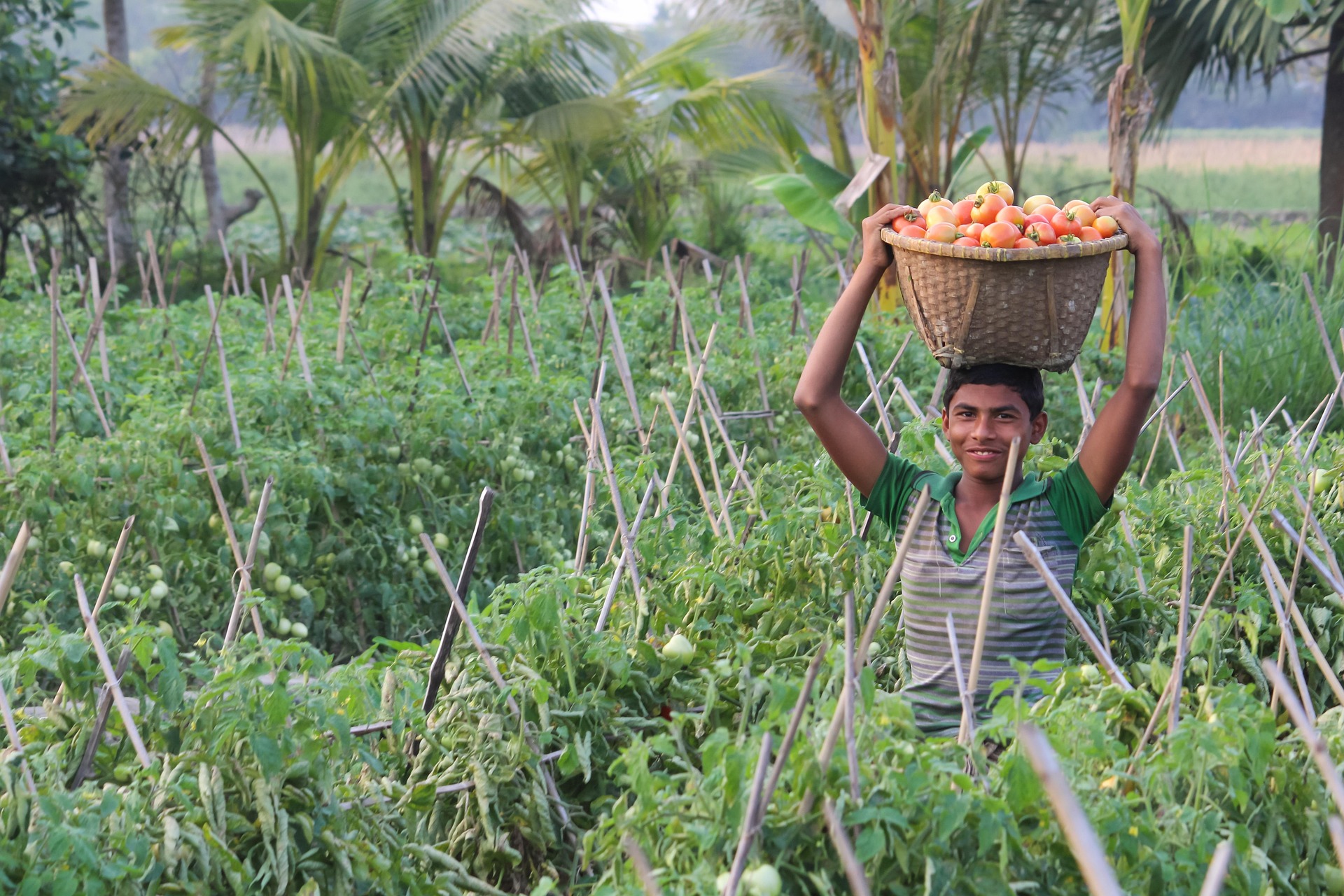A food forest, also known as a forest garden, is a carefully designed, multi-layered agricultural ecosystem modeled on the structure and function of a natural forest. Unlike conventional farming systems, forest gardens rely on the natural synergy and integration of diverse plant and animal species to promote self-sustaining productivity.
The foundational concept of a forest garden for the purposes of large-scale reforestation is to emulate the natural ecological balance found in undisturbed woodland environments, with human-introduced elements selected for their nutritional, medicinal, or practical benefits. While the forest gardens will generally require eight to fifteen years to reach a self-sustaining level of maturity, they have been historically shown to survive through the ages.
The forest garden system typically consists of multiple vegetative layers, including canopy trees, sub-canopy trees, shrubs, herbaceous plants, groundcovers, climbers, and root crops, all selected and arranged to maximize symbiotic relationships and resource efficiency. At the core of this design is the principle of biomimicry, where natural processes and patterns are replicated to achieve ecological stability.
Fruit-bearing trees and plants, for example, play a central role by producing food for humans while simultaneously attracting a diverse range of insect species. These insects, drawn by the nectar, pollen, and foliage, in turn attract birds that feed on them. The presence of birds contributes to natural pest control and supports seed dispersal.
This concentration of fauna can lead to the arrival of higher-level predators such as snakes, small mammals, and other beneficial animal life, which further stabilize the food web by regulating populations of smaller animals and maintaining a well-balanced ecological system.
This cascading effect illustrates how a forest garden, though human-engineered, becomes a living, dynamic system where each element fulfills multiple roles, contributing to the health and resilience of the whole.
Through this intricate layering and integration, the soil is enriched with organic matter, water is retained more effectively through root systems and ground cover, and the overall biodiversity is significantly increased. This ecological design encourages the production of food and materials and enhances environmental functions such as pollination, carbon sequestration, and habitat creation.
Among the most compelling real-world examples of the efficacy and longevity of food forests is the ancient forest garden located in the arid region of Southern Morocco. This forest, centered around the village of Inraren in the Draa Valley, is widely regarded as one of the oldest known forest gardens still in use today.
Estimated to be over two thousand years old, this system has been sustained across generations by indigenous Amazigh communities. Remarkably, this forest garden has continued to produce fruit, nuts, medicinal herbs, and timber despite enduring centuries of intermittent human oversight, sociopolitical upheaval, and climatic variability.
The design of the Moroccan forest garden further exemplifies a deep ecological intelligence in naturally implemented, sustainable systems.
The tallest layer consists of date palms that create essential shade and microclimates, reducing evaporation and protecting more delicate plants below. Beneath these palms, trees such as carob, fig, olive, and pomegranate form the sub-canopy. Understory species include nitrogen-fixing legumes, herbs, and vegetables adapted to the local environment.
This vertical stratification maximizes photosynthetic efficiency, preserves soil fertility, and minimizes the need for artificial irrigation and chemical inputs. Its resilience, despite long periods of neglect, demonstrates the inherent durability of properly structured forest gardens and their ability to restore and preserve life-supporting systems even without continuous human management.
On a global scale, the adoption of forest gardens offers a sustainable path toward increasing agricultural and water security. In regions suffering from degraded soils, water scarcity, or ecological collapse, forest gardens can restore fertility, enhance water retention, and prevent erosion.
Their perennial nature ensures long-term productivity with minimal inputs, making them particularly suitable for rural and economically marginalized communities. Moreover, forest gardens contribute to climate change mitigation by sequestering carbon in both biomass and soil while reducing dependence on fossil fuel–based agricultural inputs and the requirement for harmful, toxic chemical fertilizers.
The global integration of forest gardens and natural farming practices can also diversify local diets, increase nutritional availability, and reduce the vulnerability of food systems to market or climate shocks.
As these systems mature, they also offer both paid employment and educational opportunities while reinforcing traditional ecological knowledge and community stewardship. By fostering ecological restoration and improving resource resilience, forest gardens represent a sustainable method of production and a foundational component of a broader paradigm shift toward systemically sustainable human growth and development.
This shift recognizes the interdependence of human well-being and environmental health and offers a scalable, inclusive model that aligns agricultural practice with the principles of long-term ecological stewardship.


One response to “Forest Gardens and Nature Farming”
[…] forests and food gardens grow food using natural systems based on the principles of what is now known as Permaculture. These […]